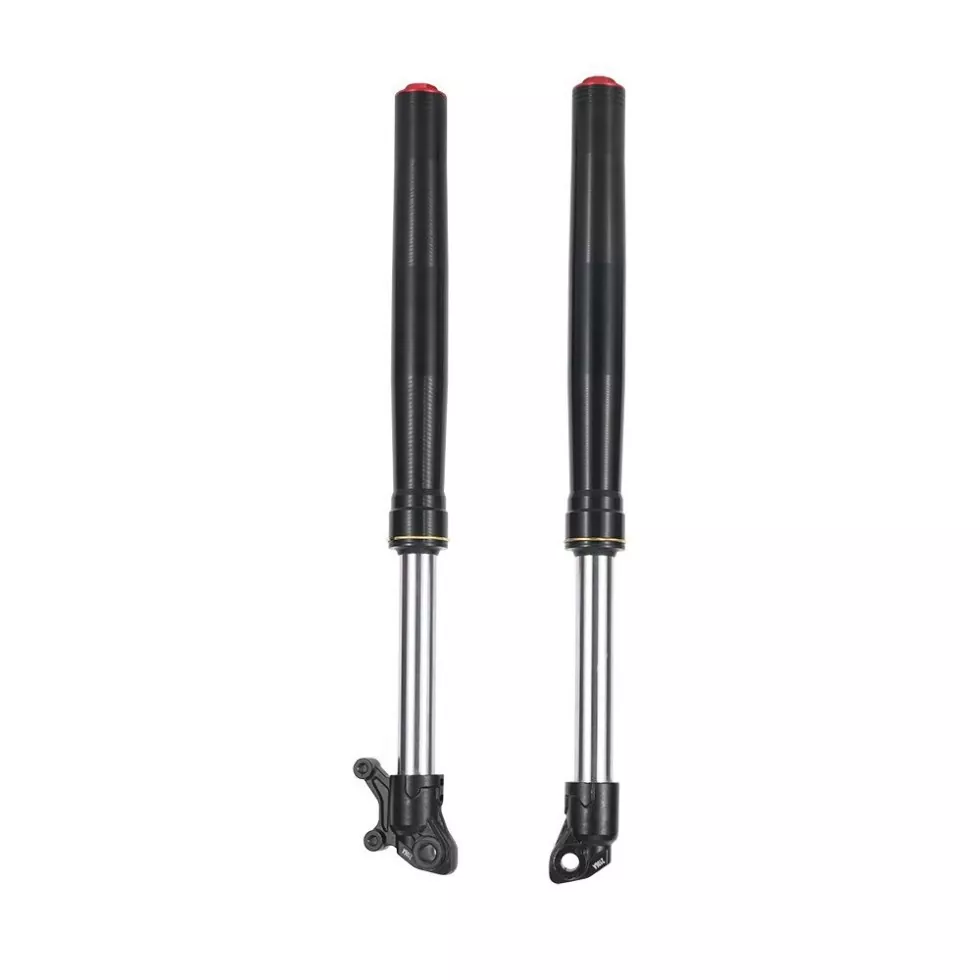Choosing the Right Aluminium Alloy Non-Adjustable Inverted Suspension System
2025-01-04
Suspension systems play a critical role in vehicle dynamics and ride quality. Choosing the right aluminium alloy non-adjustable inverted suspension system requires a clear understanding of your performance needs and vehicle specifications. This blog provides a guide to help you make an informed decision.
Step 1: Understand Your Vehicle's Requirements
- Type of Vehicle: Consider whether the system is for a car, motorcycle, or specialized machinery.
- Weight and Load: Ensure the suspension can handle your vehicle’s weight and intended loads.
- Terrain Conditions: For off-road use, prioritize systems designed for rugged performance.
Step 2: Evaluate Material and Build Quality
- Aluminium Alloy Grade: Opt for high-grade alloys for superior strength and corrosion resistance.
- Manufacturing Standards: Look for systems tested and certified for quality assurance.
Step 3: Assess Performance Specifications
- Ride Height: Ensure the fixed settings align with your vehicle’s design.
- Damping Characteristics: Fixed damping should match your performance needs, whether for comfort or sportiness.
Step 4: Compatibility and Installation
- OEM vs. Aftermarket: Decide if you need original equipment manufacturer (OEM) parts or aftermarket solutions.
- Professional Installation: Non-adjustable systems often require precise fitting, so professional installation is recommended.
Step 5: Consider Cost and Maintenance
- Initial Investment: Aluminium systems may cost more upfront but offer long-term savings.
- Maintenance Needs: Non-adjustable designs reduce the frequency of inspections and repairs.
Case Study: An Enthusiast’s Perspective
A motorcycle enthusiast upgraded to an aluminium alloy non-adjustable inverted suspension for their sportbike. The result? Improved cornering stability, reduced weight, and enhanced confidence during high-speed rides. The system’s durability also meant fewer trips to the workshop, saving both time and money.
Selecting the right aluminium alloy non-adjustable inverted suspension system requires careful evaluation of your vehicle’s specifications and performance goals. By focusing on quality, compatibility, and durability, you can enjoy a smoother, more reliable ride tailored to your needs.



